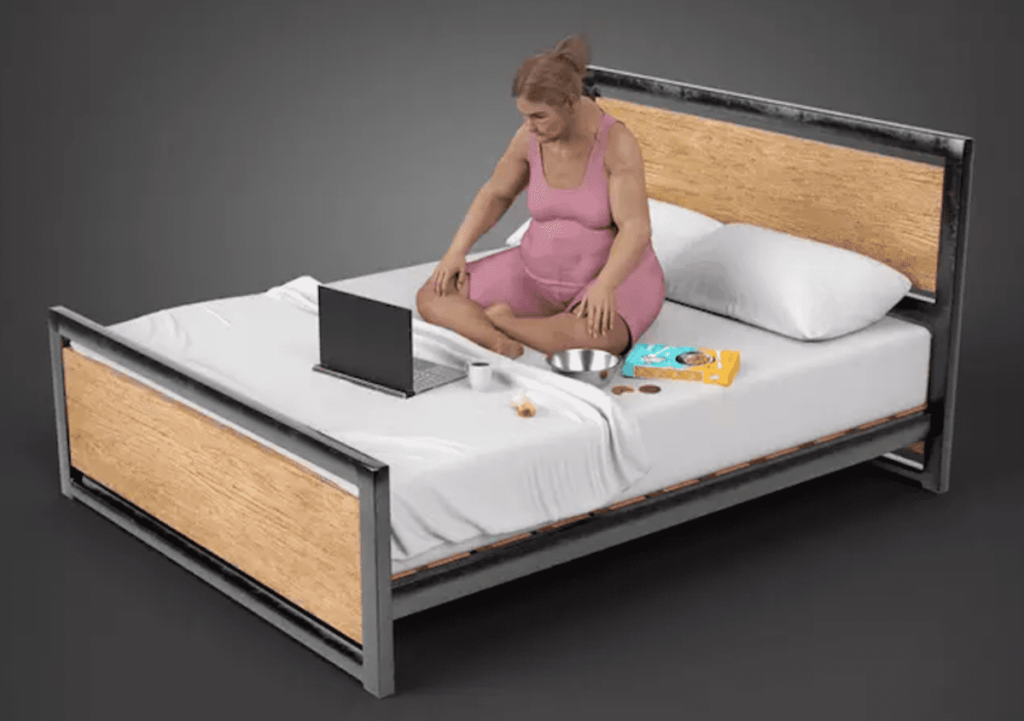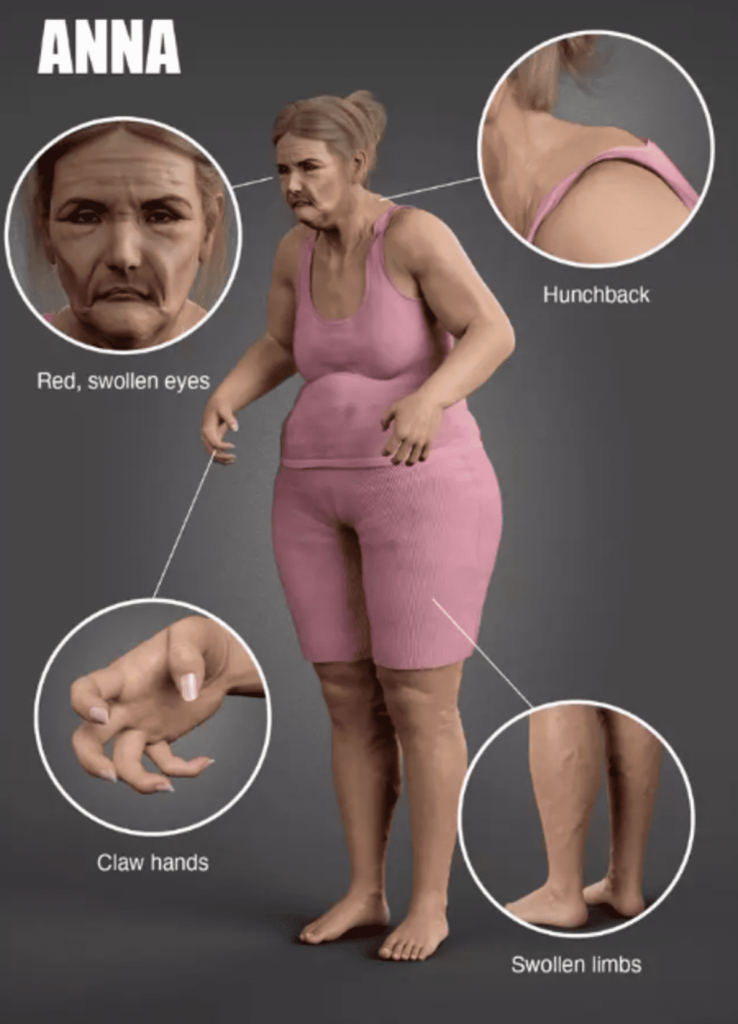As someone who has navigated the choppy waters of web content writing from my home office in Austin, Texas, I’ve become intimately familiar with the challenges and benefits of telework. So, when I came across a study from the University of Leeds that painted a rather dystopian picture of the future remote worker, it piqued my interest—and concern.
The study delves into the potential long-term physical effects of working from home, a practice that has increasingly become the norm. It introduces us to a hypothetical future teleworker named Anna, who by 2100, has developed a hunched back, cramped hands, and uneven weight gain due to her work habits. It’s a stark reminder of what could become of us if we’re not careful.
A Frightening Prospect
Imagine Anna: her posture ruined from constantly slouching over her laptop in bed, her eyes red and swollen from endless hours in front of a screen, and her overall health deteriorating from a lack of physical activity and fresh air. This image serves as a cautionary tale of the dangers of neglecting our physical well-being in the age of remote work.
The study attributes these alarming changes to the fact that a significant portion of remote workers don’t have a proper office setup at home. Many find themselves sprawled on the couch or lying in bed while working, leading to a sedentary lifestyle that our bodies might adapt to over time—with dire consequences.

Advice from Experts
The implications of the Leeds study are clear: the evolution of our work habits necessitates a reevaluation of how we maintain our health and well-being. Sarah Gibson, Director of the Proactive Healthcare Institute, offers a simple yet effective strategy to mitigate some of these risks. She recommends the 20-20-20 rule: every 20 minutes, shift your gaze away from your screen to look at something 20 feet away for at least 20 seconds. This practice can help reduce eye strain and encourage us to take short, frequent breaks to stretch and move around.
Moreover, the researchers emphasize the importance of creating a dedicated workspace at home. This not only helps in drawing a clear line between work and leisure but also encourages a more structured and physically supportive work environment.

Personal Takeaways
As a teleworker myself, I’ve experienced first-hand the importance of maintaining a healthy balance between work and well-being. Investing in a comfortable, ergonomic workspace and making a conscious effort to stay physically active can make a world of difference. From ergonomic chairs to standing desks and regular yoga breaks, I’ve found that these small changes have a profound impact on my physical health and work productivity.
In embracing telework, we must not overlook the physical implications of our work habits. The study from Leeds serves as a timely reminder that our health and well-being should always take precedence, ensuring that we do not become a cautionary tale like Anna. By heeding the advice of experts and making mindful adjustments to our work routines, we can embrace the future of work without compromising our health.






